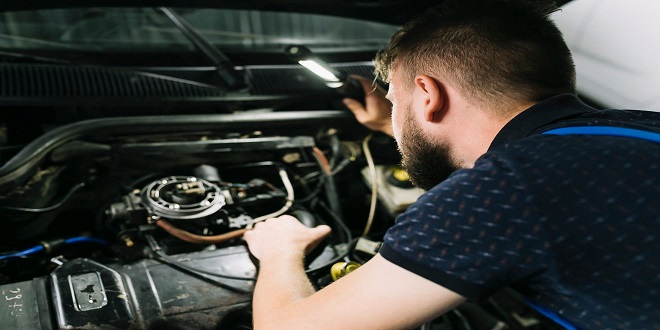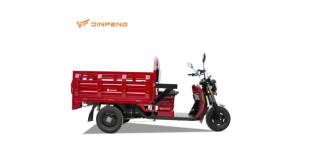Variable inlet tract
For an engine to operate at its best, volumetric efficiency is not possible with fixed manifolds. This is because the length of the inlet tract determines the velocity of the intake air and, in particular, the propagation of the pressure waves set up by the pumping action of the cylinders. These standing waves can be used to improve the ram effect of the charge as it enters the cylinder but only if they coincide with the opening of the inlet valves. The length of the inlet tract has an effect on the frequency of these waves. One method of changing the length of the inlet tract. The control valves move, which changes the effective length of the inlet.
Combustion flame and pressure sensing
Research is ongoing in the development of cost effective sensors for determining combustion pressure and combustion flame quality. These sensors are used during development but currently are prohibitively expensive for use in production. When available, these sensors will provide instantaneous closed loop feedback about the combustion process. This will be particularly important with lean burning engines.
Injectors with air shrouding
If high-speed air is introduced at the tip of an injector, the dispersal of the fuel is considerably improved. Droplet size can be reduced to below 50m during idle conditions.
On-board diagnostics (OBD)
On-board diagnostics are becoming essential for the longer term operation of a system in order for it to produce a clean exhaust. Many countries now require a very comprehensive diagnosis of all components which affect the exhaust. Any fault detected will be indicated to the driver by a warning light. The OBD 2 system is intended to standardize the many varying methods used by different manufacturers. It is also thought that an extension to total vehicle diagnostics through a common interface is possible in the near future.
Digital electronics allow both sensors and actuators to be monitored. Allocating values to all operating states of the sensors and actuators achieves this. If a deviation from these figures is detected, it is stored in memory and can be output in the workshop to assist with fault-finding.
Exhaust emission control
Engine design
Many design details of an engine have a marked effect on the production of pollutant emissions. With this in mind, it will be clear that the final design of an engine is a compromise between conflicting interests. The major areas of interest are as discussed in the following sections.
Combustion chamber design
The main source of hydrocarbon emissions is unburnt fuel that is in contact with the combustion chamber walls. For this reason the surface area of the walls should be kept as small as possible and with the least complicated shape. A theoretical ideal is a sphere but this is far from practical. Good swirl of the cylinder charge is important, as this facilitates better and more rapid burning. Perhaps more important is to ensure a good swirl in the area of the spark plug. This ensures a mixture quality that is easier to ignite. The spark plug is best positioned in the center of the combustion chamber as this reduces the likelihood of combustion knock by reducing the distance the flame front has to travel.
Valve timing
The effect of valve timing on exhaust emissions can be quite considerable. One of the main factors is the amount of valve overlap. This is the time during which the inlet valve has opened but the exhaust valve has not yet closed. The duration of this phase determines the amount of exhaust gas left in the cylinder when the exhaust valve finally closes. This has a significant effect on the reaction temperature (the more exhaust gas the lower the temperature), and hence has an effect on the emissions of NOx. The main conflict is that, at higher speeds, a longer inlet open period increases the power developed. The down-side is that this causes a greater valve overlap and, at idle, this can greatly increase emissions of hydrocarbons. This has led to the successful introduction of electronically controlled valve timing.
Manifold designs
Gas flow within the inlet and exhaust manifolds is a very complex subject. The main cause of this complexity is the transient changes in flow that are due not only to changes in engine speed but also to the pumping action of the cylinders. This pumping action causes pressure fluctuations in the manifolds. If the manifolds and both induction and exhaust systems are designed to reflect the pressure wave back at just the right time, great improvements in volumetric efficiency can be attained. Many vehicles are now fitted with adjustable length induction tracts. Longer tracts are used at lower engine speeds and shorter tracts at higher speed.
Last Word
The ECU will also control ignition timing variation during overrun fuel cut-off and reinstatement and also ensure anti-jerk control. When starting, the ignition timing plan is replaced by a specific starting strategy. Phase correction is when the ECU adjusts the timing to take into account the time taken for the HT pulse to reach the spark plugs. To ensure good drivability the ECU can limit the variations between the two ignition systems to a maximum value, which varies according to engine speed and the basic injection period.






